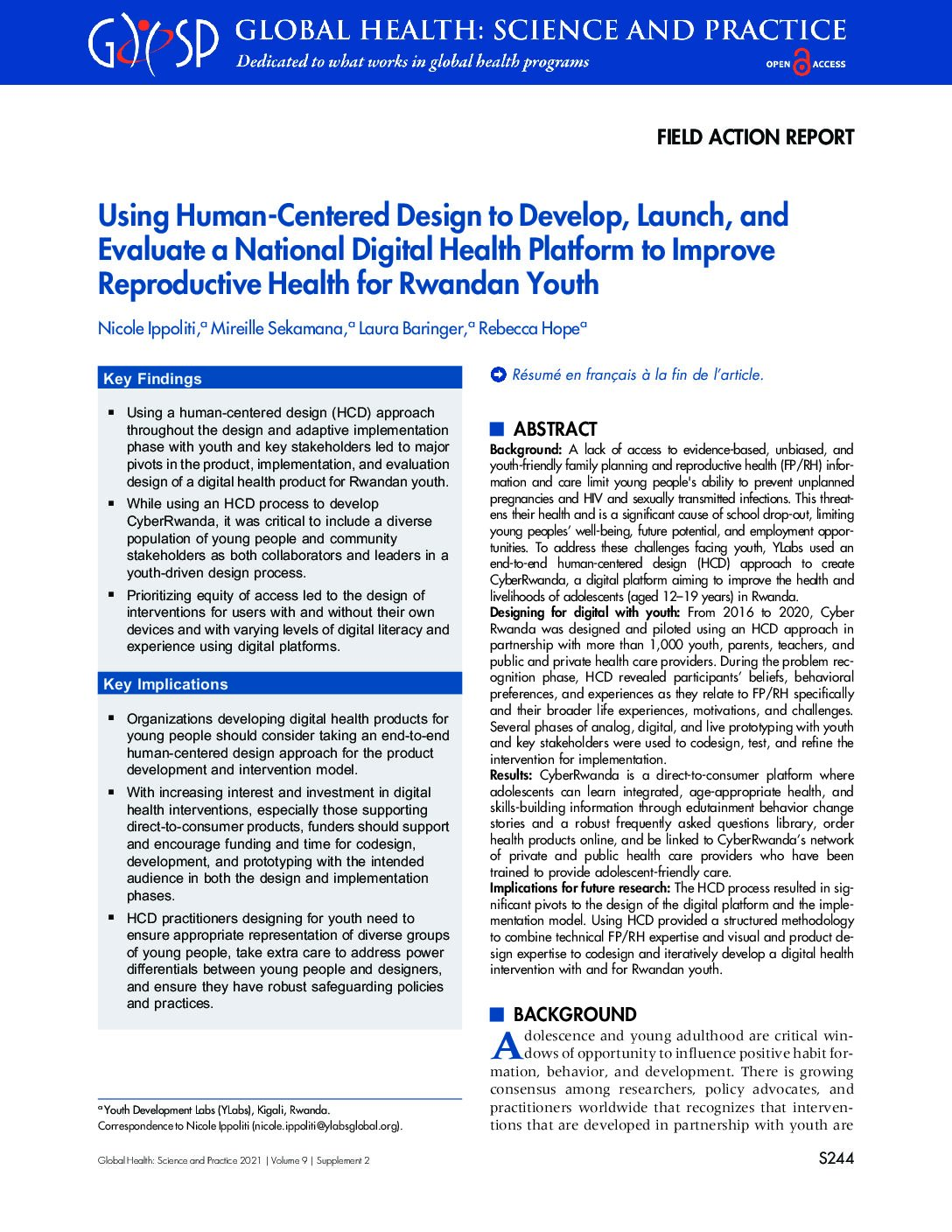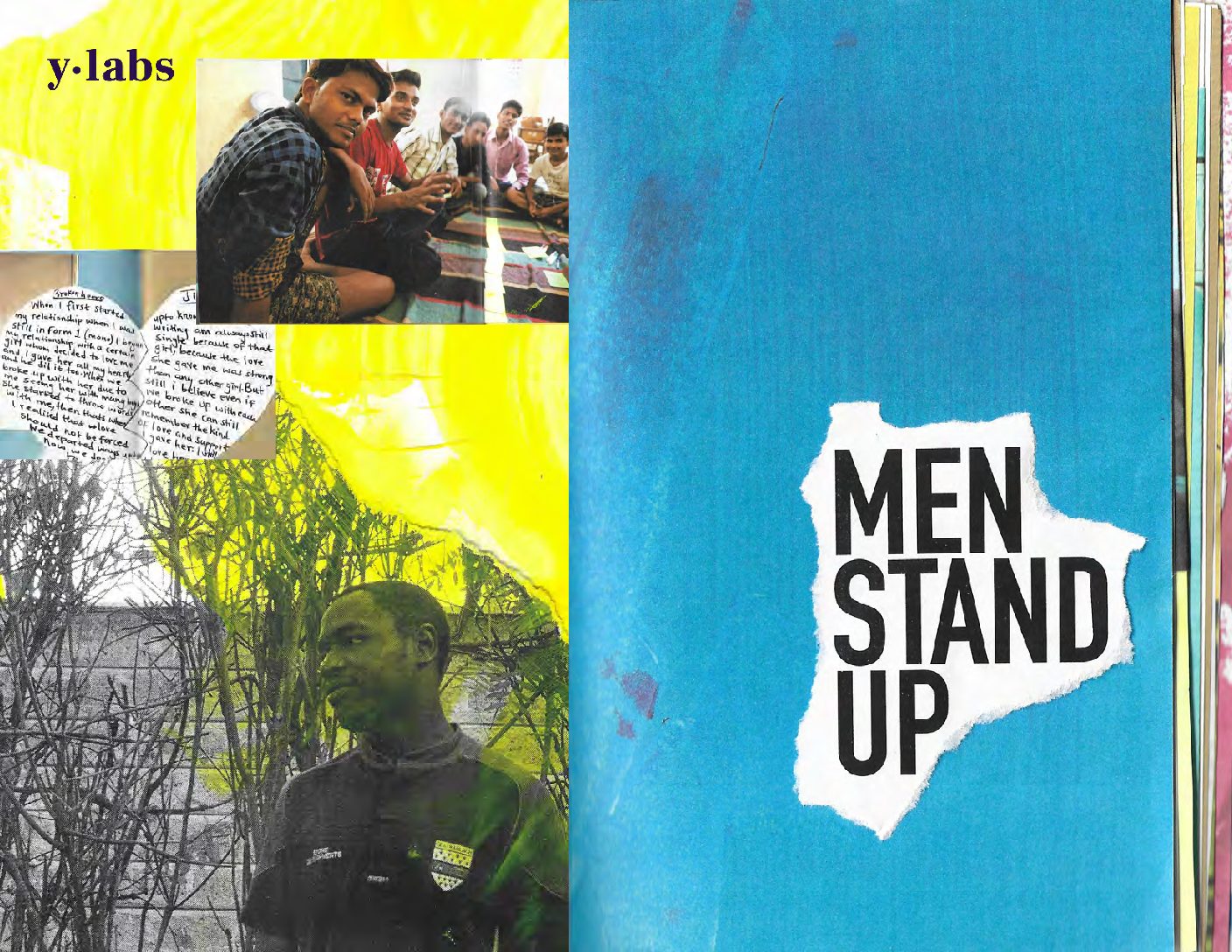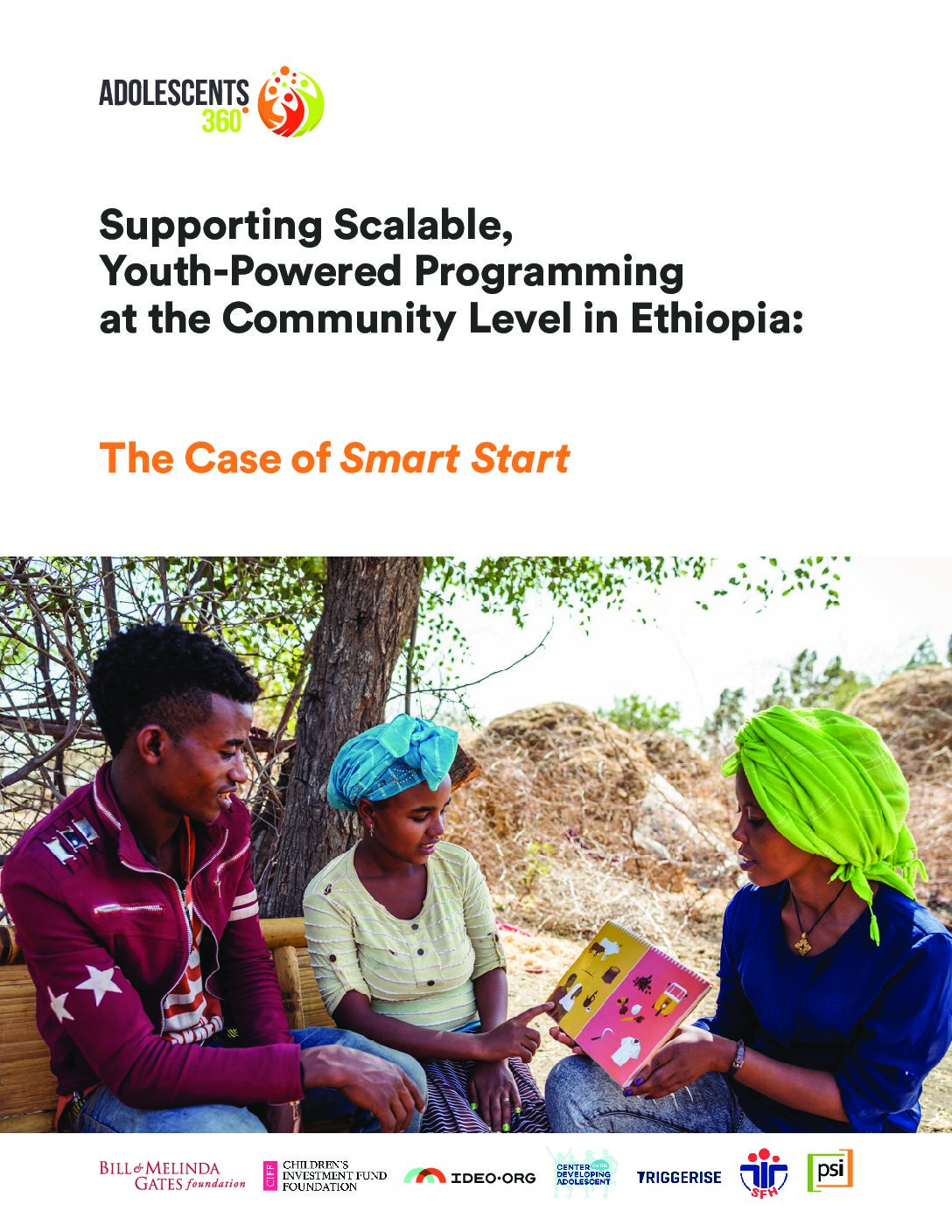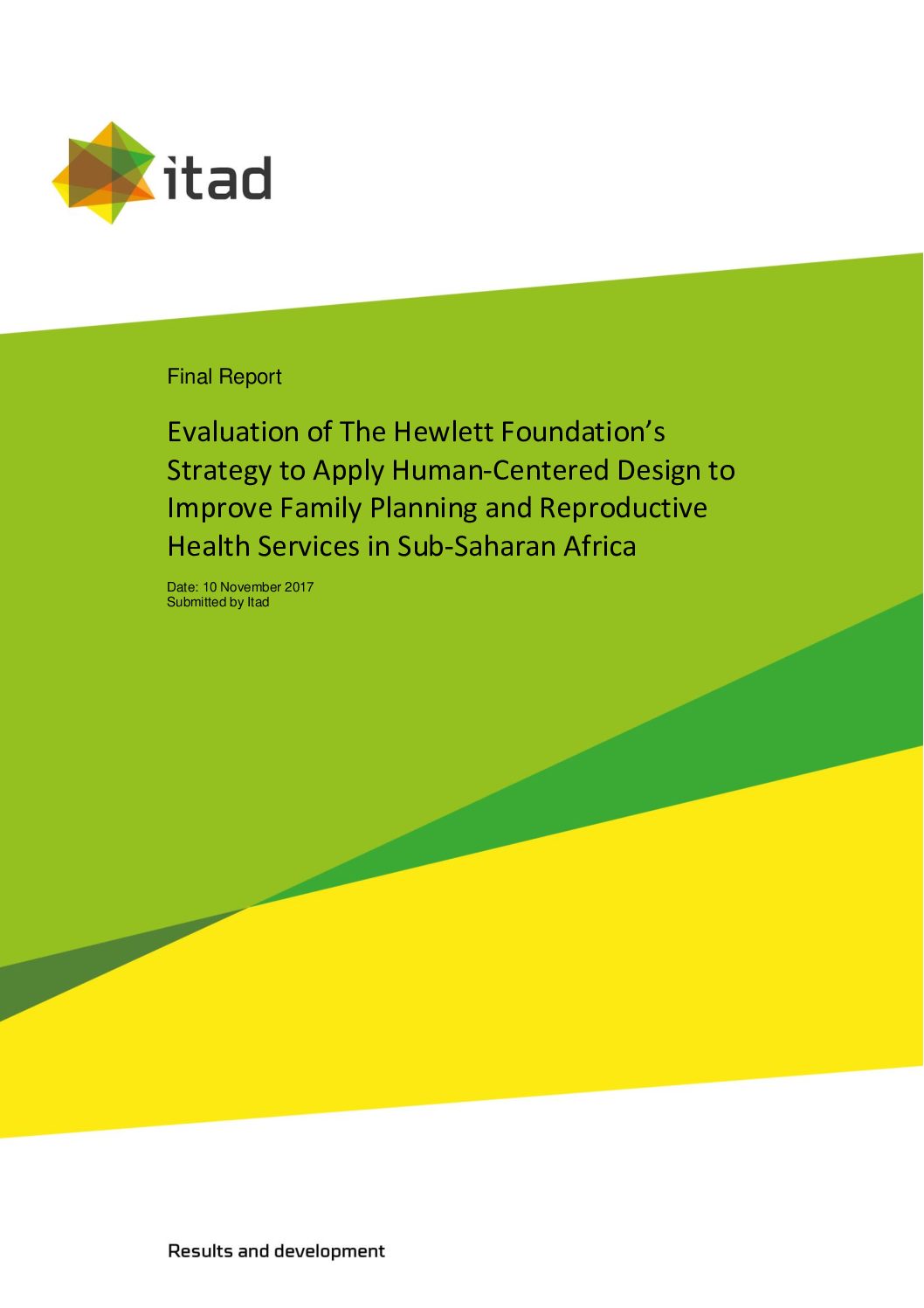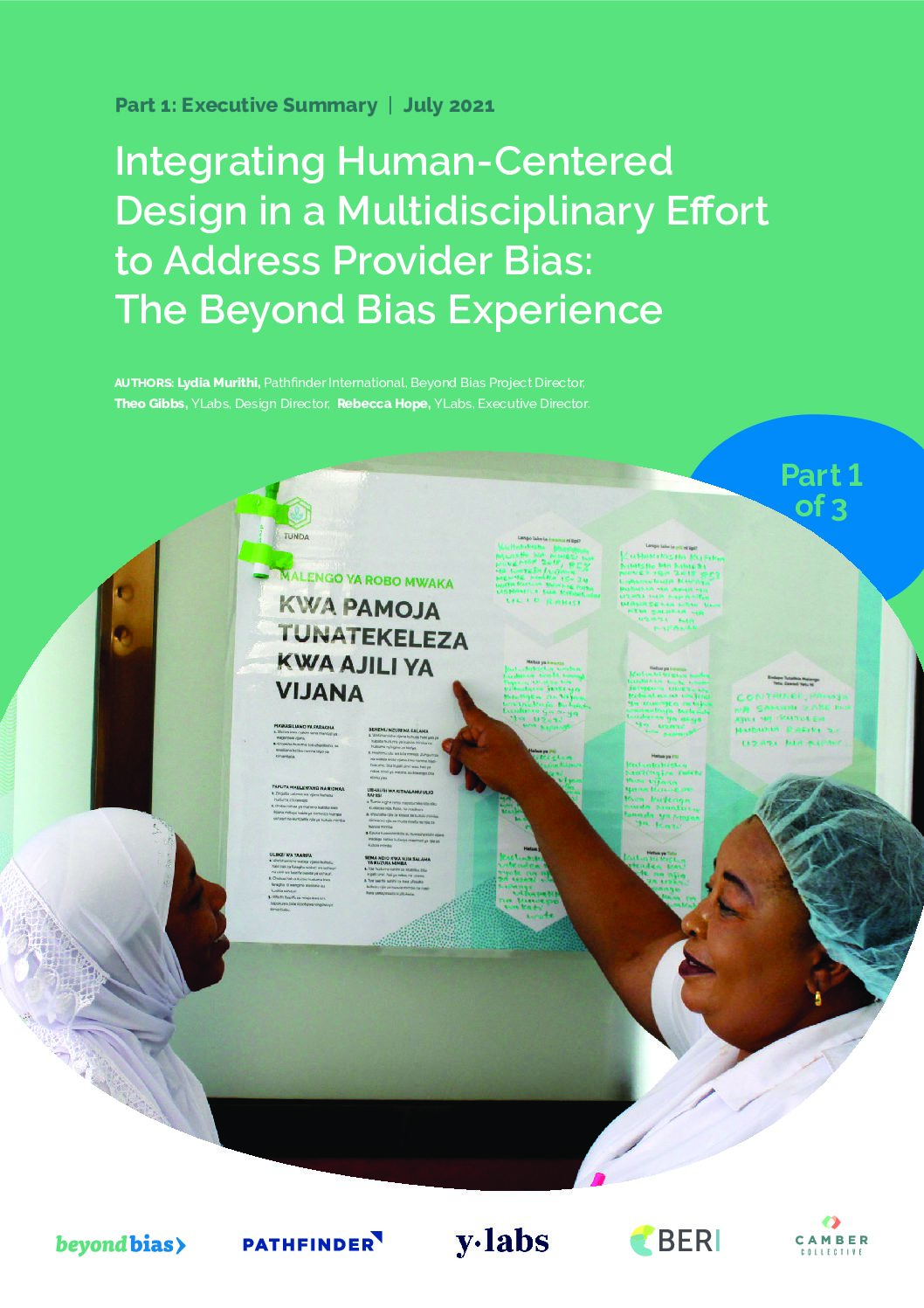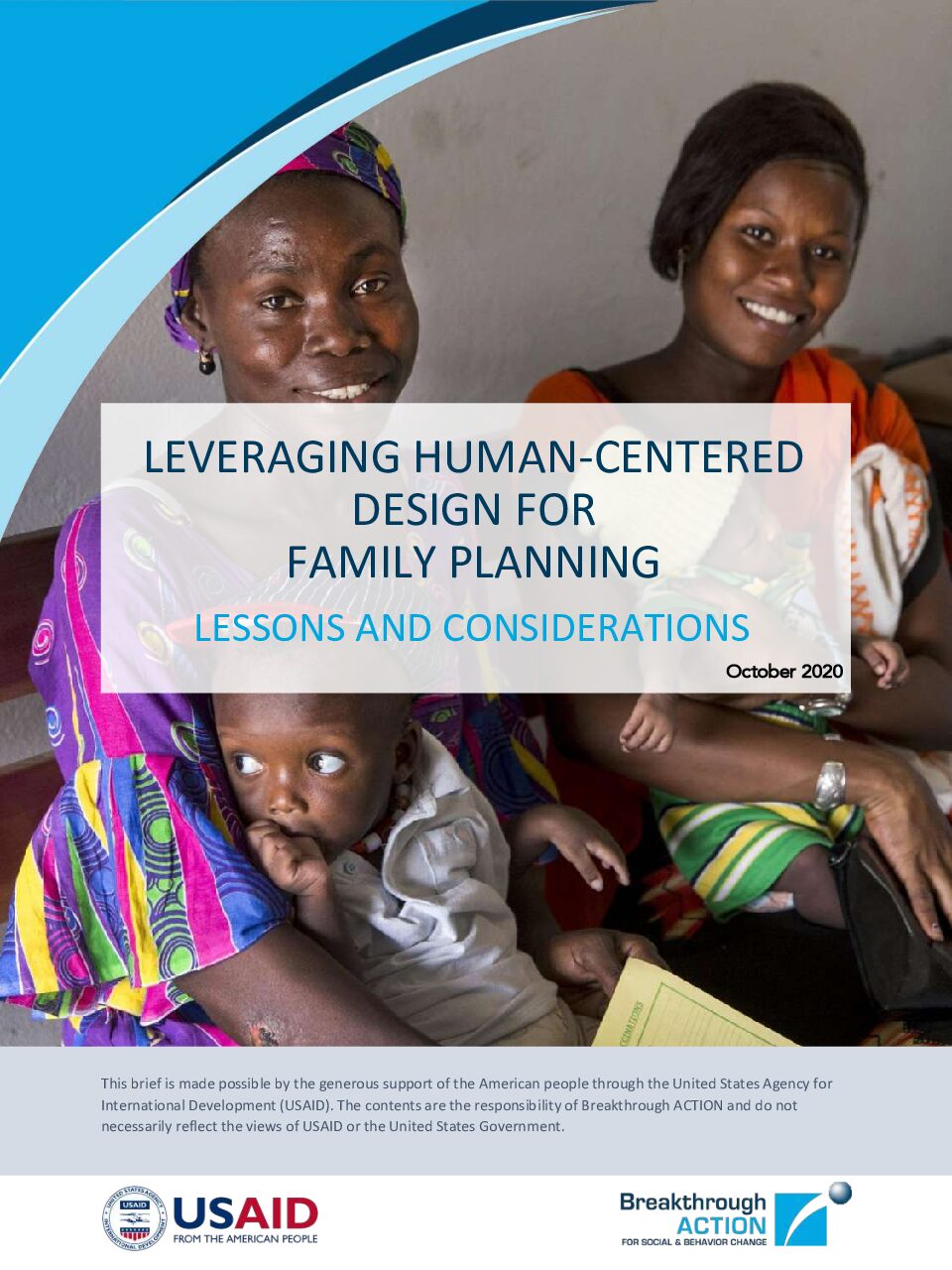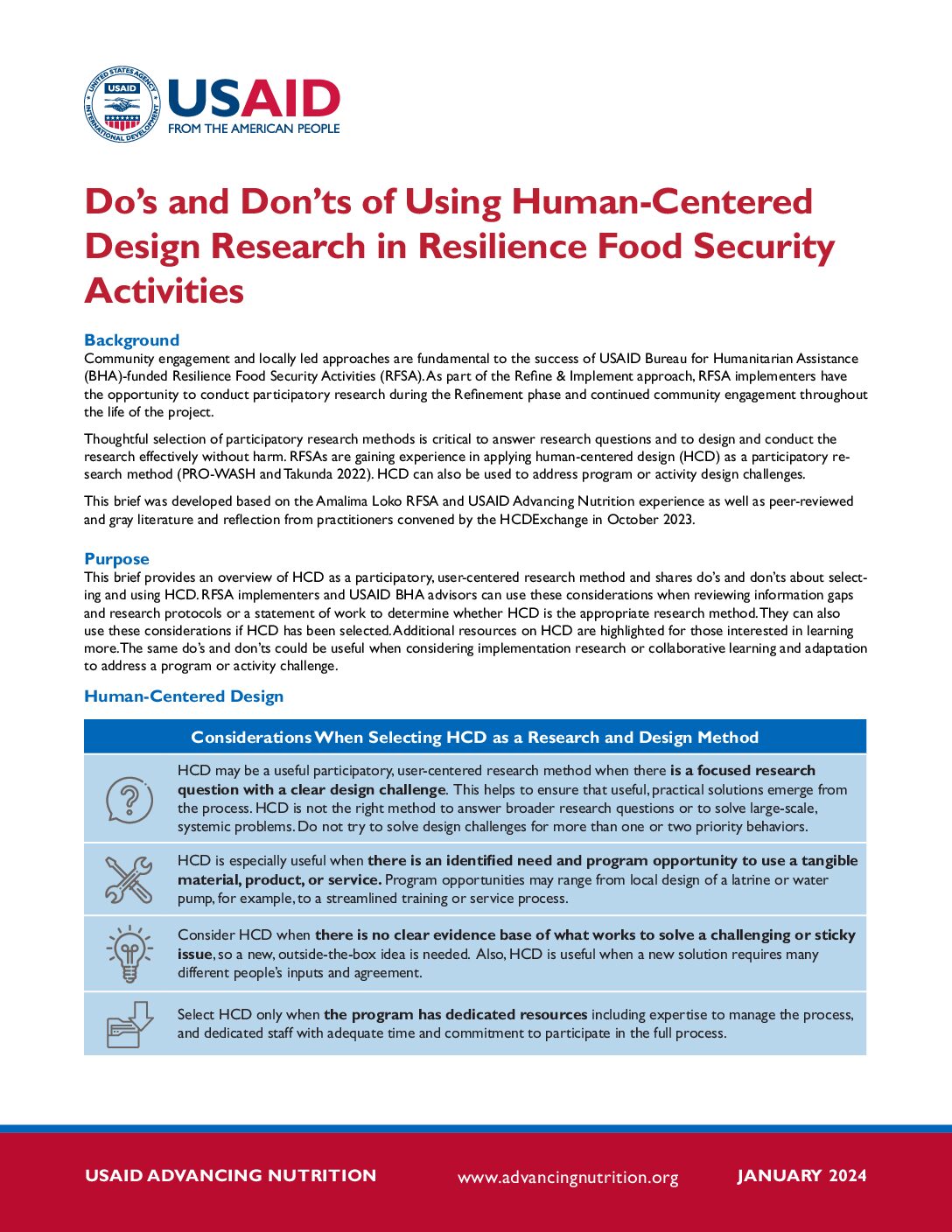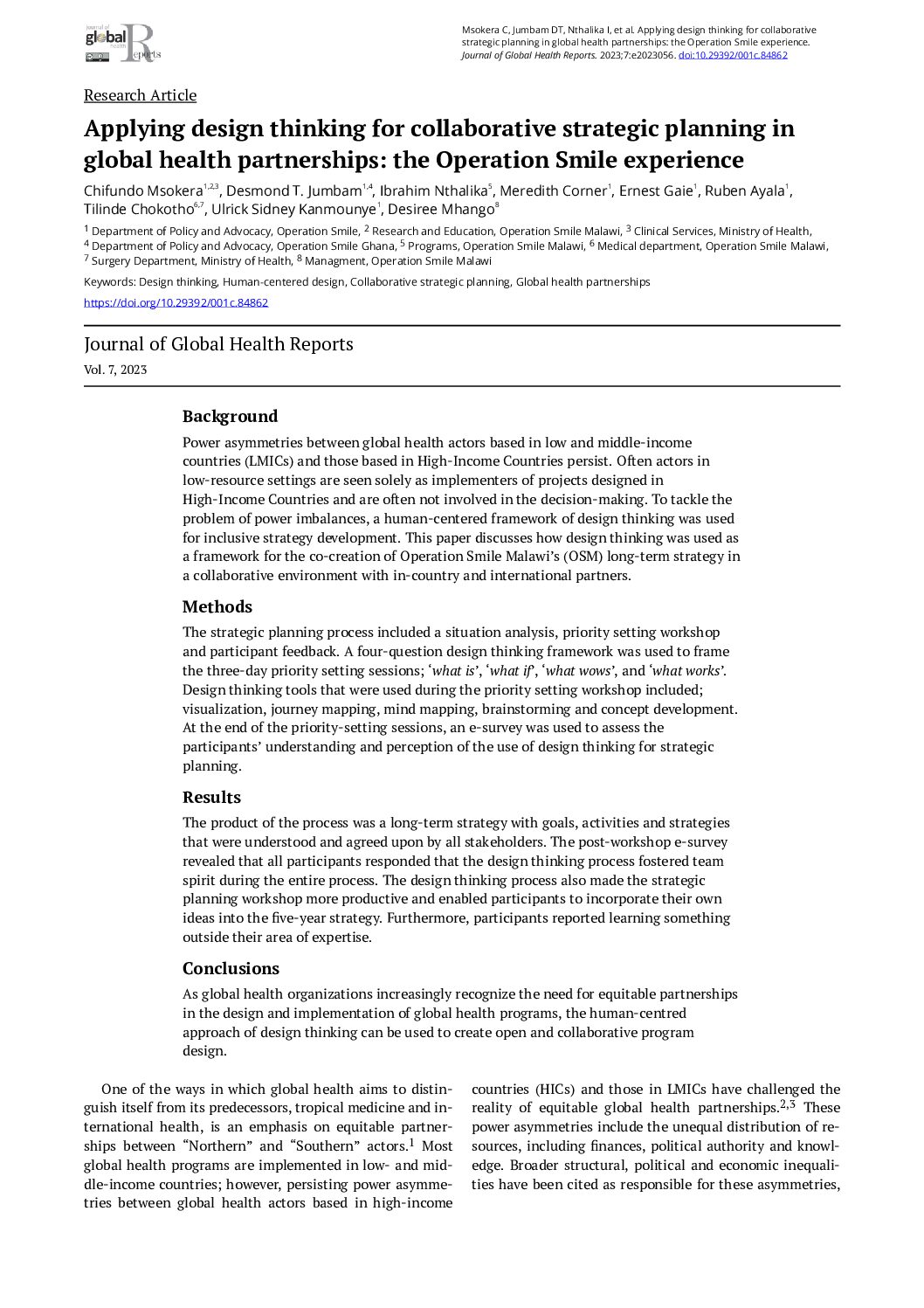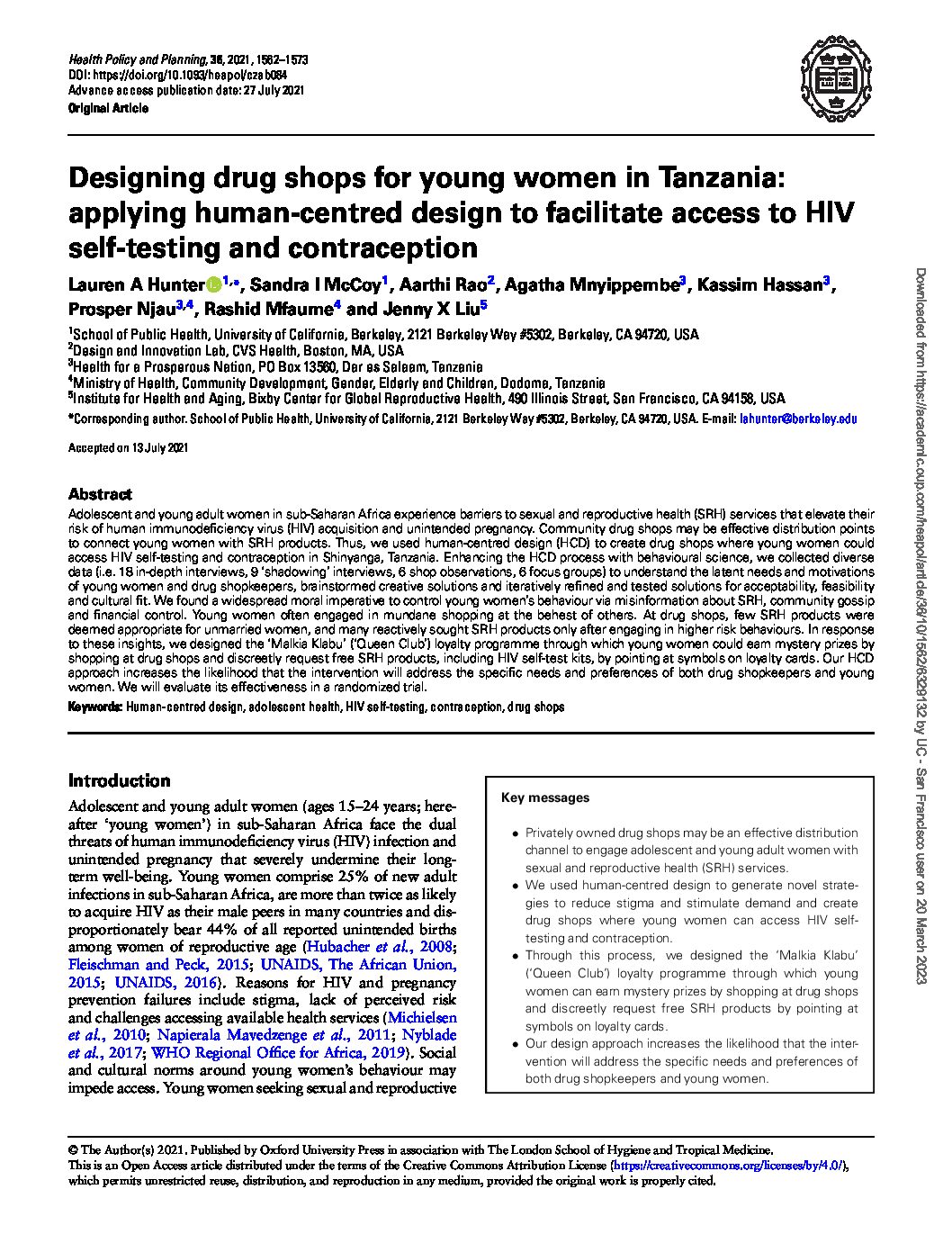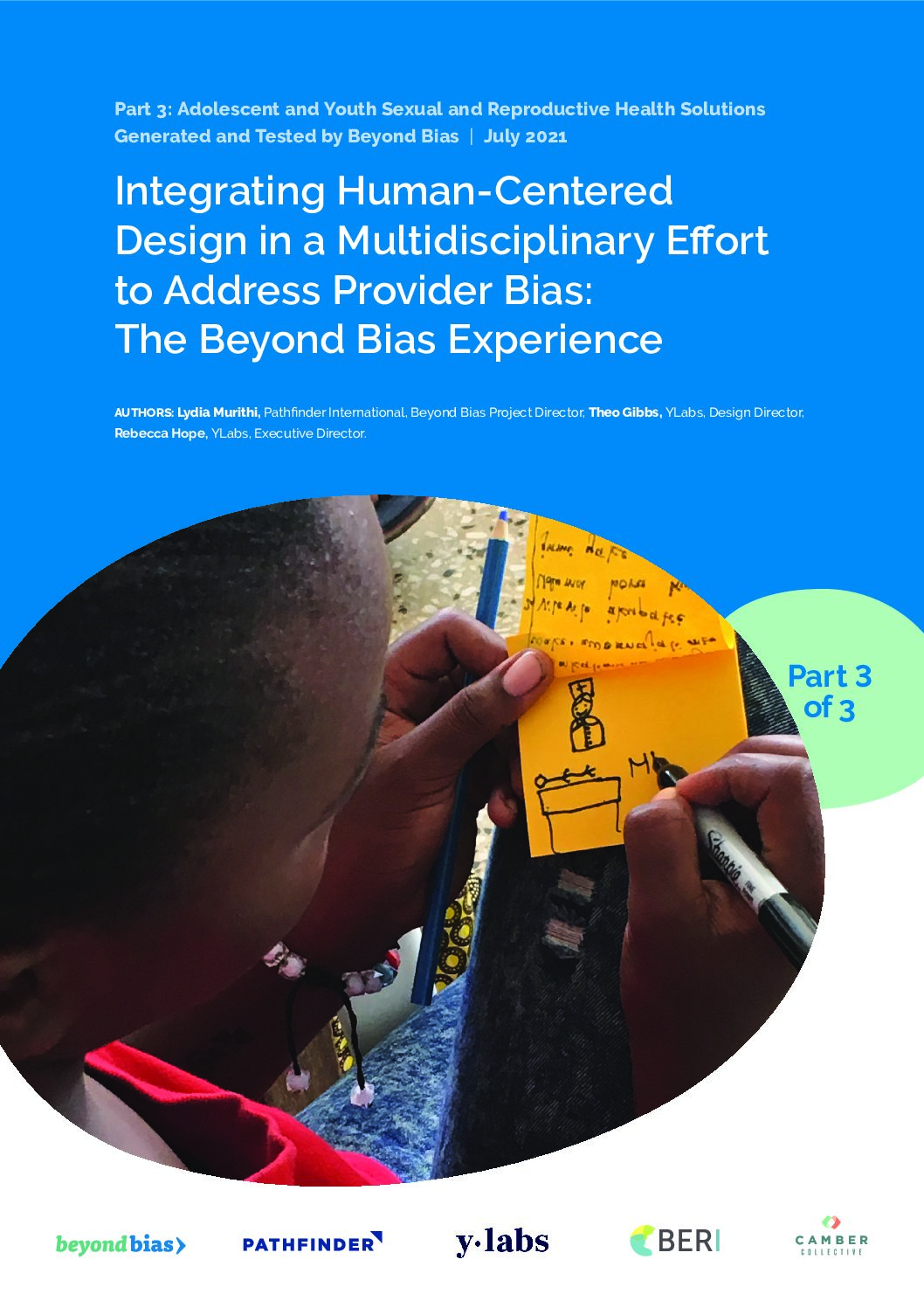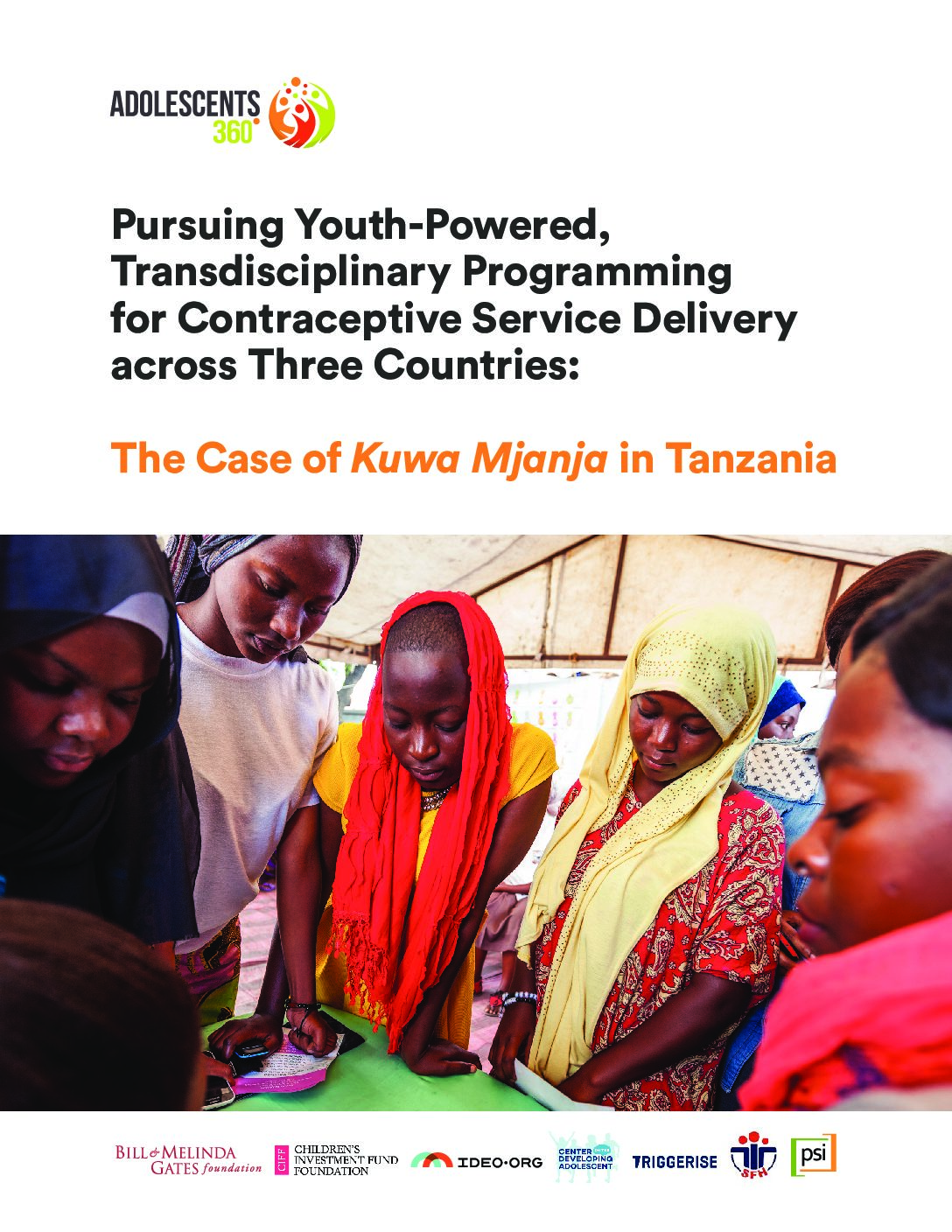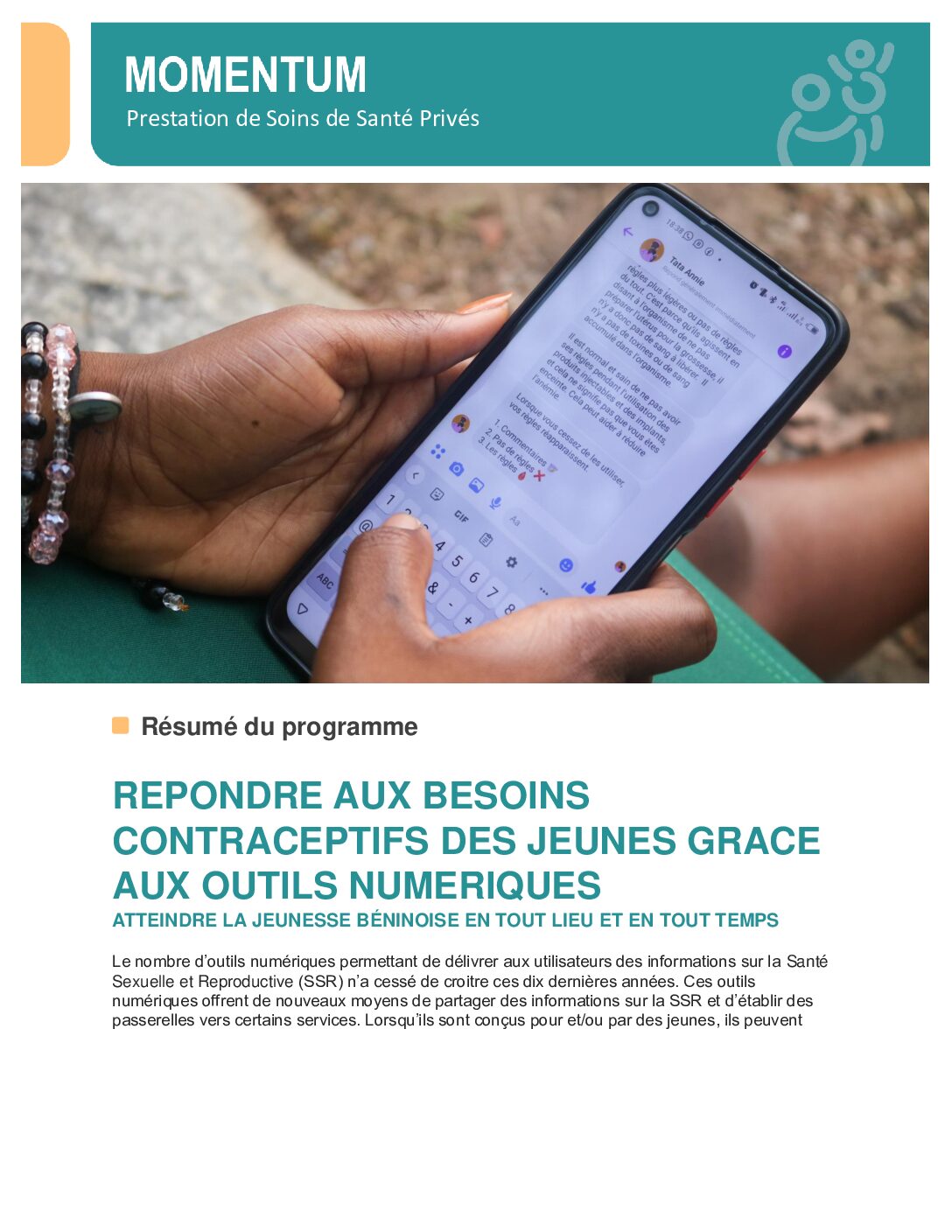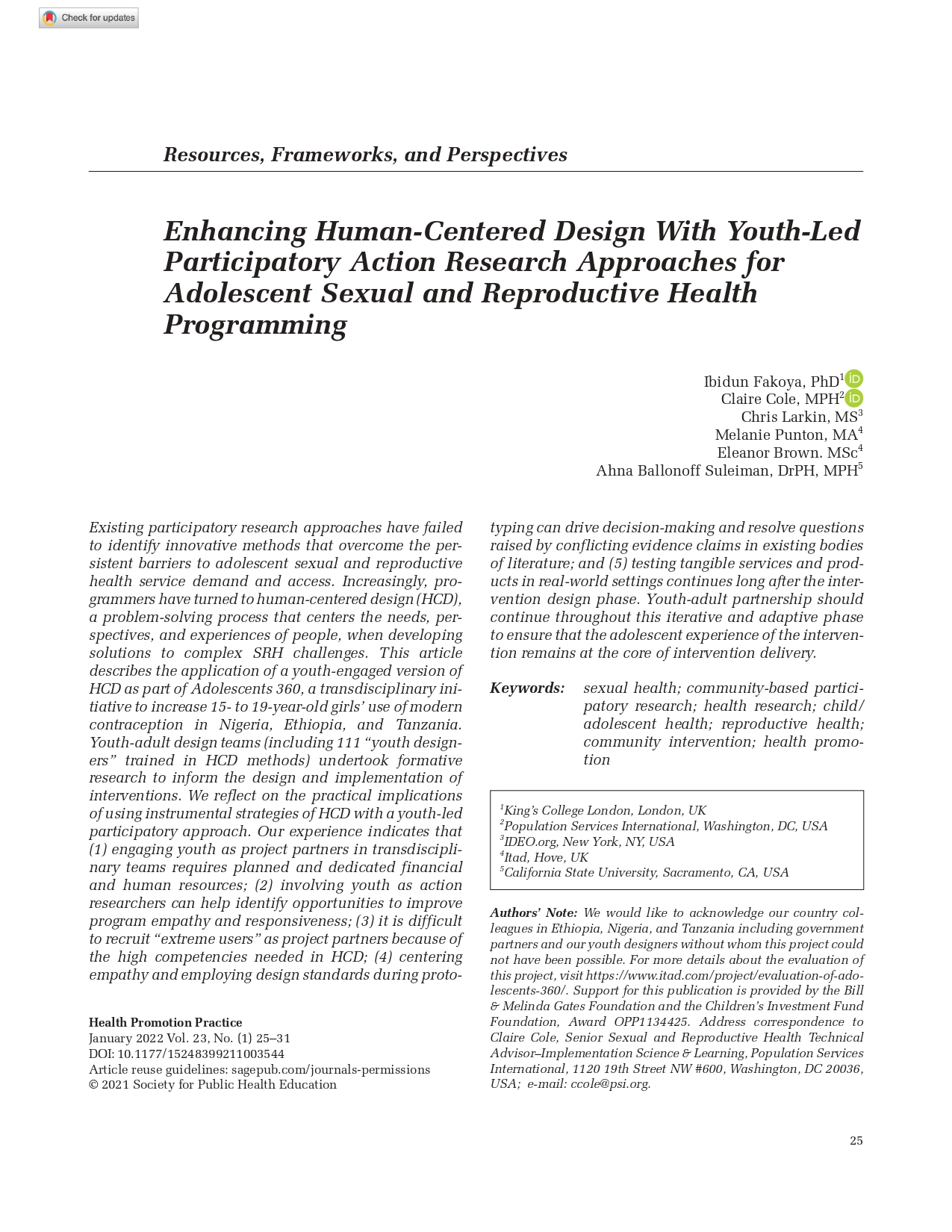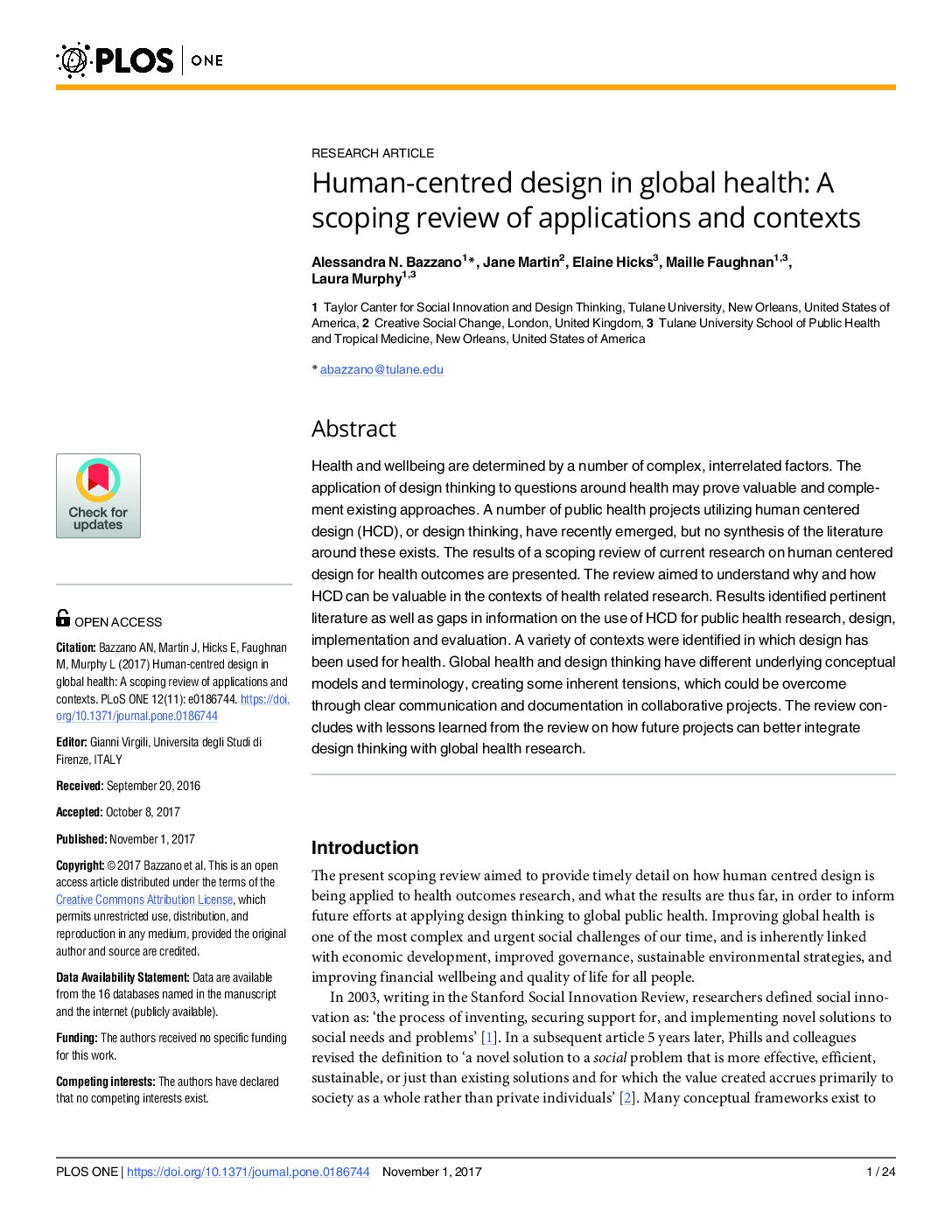Background: Human-centered design, or design thinking, offers an extensive toolkit of methods and strategies for user-centered engagement that lends itself well to intervention development and implementation. These methods can be applied to the fields of public health and medicine to design interventions that may be more feasible and viable in real-world contexts than those developed with different methods.
Objective: The design team aimed to develop approaches to building food skills among caregivers of children aged 0-5 years who are eligible for a federal food assistance program while they were in the grocery store.
Methods: They applied 3 specific human-centered design methods—Extremes and Mainstreams, Journey Mapping, and Co-Creation Sessions—to collaboratively develop intervention approaches to enhance Supplemental Nutrition Assistance Program Education (SNAP-Ed) reach and impact across food retail settings. Extremes and Mainstreams is a specific kind of purposive sampling that selects individuals based on characteristics beyond demographics. Journey Mapping is a visual tool that asks individuals to identify key moments and decision points during an experience. Co-Creation Sessions are choreographed opportunities for individuals to explicitly contribute to the design of a solution alongside research or design team members.
Results: Ten caregivers with diverse lived experiences were selected to participate in remote design thinking workshops and create individual journey maps to depict their grocery store experiences. Common happy points and pain points were identified. Nine stakeholders, including caregivers, SNAP-Ed staff, and grocery store dieticians, cocreated 2 potential intervention approaches informed by caregivers’ experiences and needs: a rewards program and a meal box option.
Conclusions: These 3 human-centered design methods led to a meaningful co-design process where proposed interventions aligned with caregivers’ wants and needs. This case study provides other public health practitioners with specific examples of how to use these methods in program development and stakeholder engagement as well as lessons learned when adapting these methods to remote settings.







